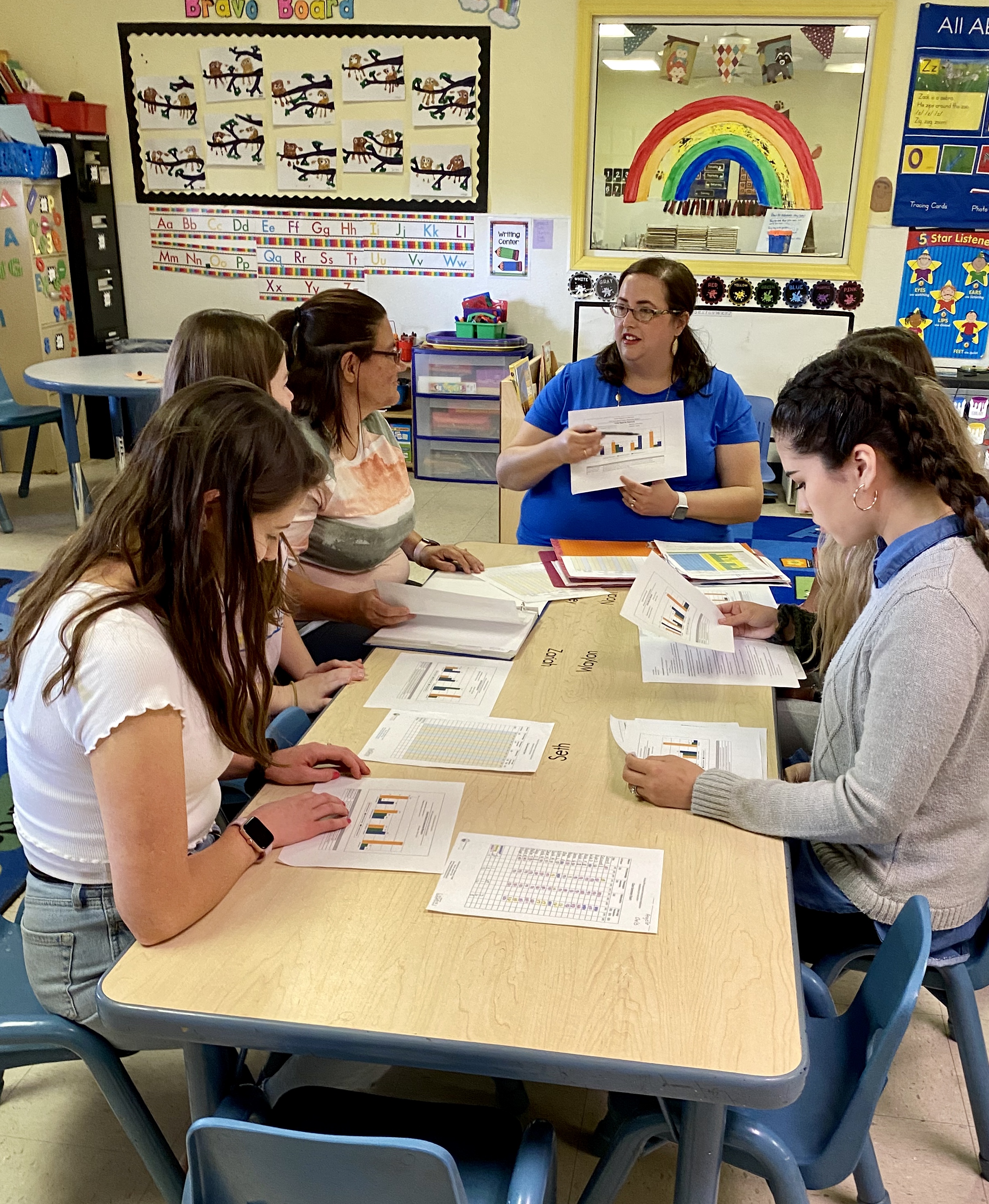Instructional Resources to Support each Assessment Period
Quality Learning Environment Knowledge Check
At the beginning of a program, instructors are getting to know their children
as well as planning and setting up a quality learning environment. This
document provides key components to include in a quality learning
environment.
|

|
Classroom Summary Chart – AP1, 2, 3
The VPK Assessment Online Reporting System provides reports that are
informative in making instructional decisions following each assessment
period. This resource allows instructors to look closer at the data by
entering the raw scores on a class chart.
|

|
Expected Norm Score Chart – AP1, 2, 3
The expected norm score is the score that determines if a child is exceeding,
meeting or is below expectations for each VPK assessment measure. The
process for determining this score provides many insights for instructors.
|

|
Classroom Data Worksheet – Template AP2
Mid-year data provides crucial information for determining children and class
progress. This worksheet supports instructors in planning for meeting the
needs of all children.
|

|
Classroom Data Worksheet – Math Example AP2
This is an example of how to use the classroom data worksheet using math
scores.
|

|
End-of-Year Program Survey – AP3
This survey can support directors, instructors and support staff in looking
at the year’s data to make program changes, revise curricula and plan for
professional development.
|

|

